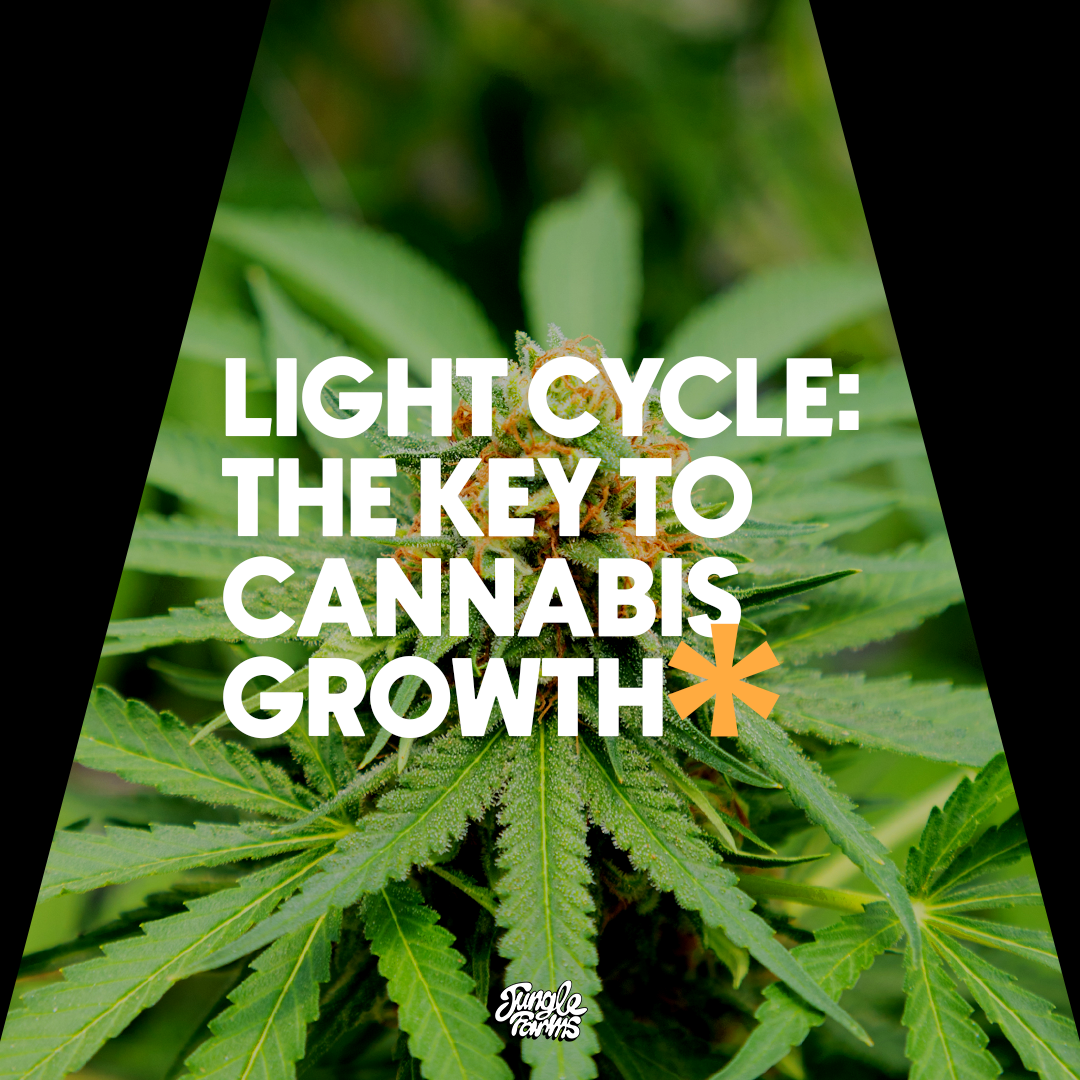Successful cannabis cultivation is an art that requires attention to detail. One critical factor that can significantly impact the quality and yield of your plants is light cycle control. In this blog, we will explore the importance of managing light cycles in cannabis cultivation and how it can help you optimize your crop’s growth, potency, and overall success. Whether you’re a novice grower or an experienced cultivator, understanding and implementing proper light cycle control is key to achieving the best possible results.
The Role of Light in Cannabis Growth
Light is the driving force behind photosynthesis, the process by which plants convert light energy into chemical energy, fueling their growth and development. In cannabis cultivation, controlling the duration and intensity of light exposure is crucial to stimulating specific physiological responses and achieving desired outcomes.
Vegetative Stage: Establishing a Strong Foundation
During the vegetative stage, longer periods of light exposure, typically 18-24 hours of light per day, promote vigorous vegetative growth. This extended light cycle ensures that your plants receive sufficient energy to develop healthy leaves, stems, and root systems. It’s crucial to provide a balanced spectrum of light, including both blue and red wavelengths, to support optimal vegetative growth.
Flowering Stage: Triggering Bud Formation
Transitioning your cannabis plants into the flowering stage requires a shift in light cycle. Reducing the daily light exposure to 12 hours of light and 12 hours of uninterrupted darkness signals to the plants that it’s time to enter the reproductive phase. This change in light cycle initiates bud formation and the development of resinous flowers. During this stage, it’s crucial to provide a spectrum rich in red wavelengths to promote robust flowering and resin production.
Light Cycle Control Techniques
Consistency in light cycle timing is paramount in cannabis cultivation. Any disruptions or irregularities in the light schedule can stress your plants and negatively impact their growth and overall health. Implementing a reliable timer system ensures that your plants receive consistent light and darkness periods, allowing them to thrive.
The Art of Darkness: Understanding Light Interruption
In addition to the duration of light exposure, the quality of darkness is equally important. During the flowering stage, maintaining uninterrupted darkness is crucial for the production of quality buds. Even brief exposure to light during the dark period can disrupt the flowering process and lead to reduced yields and compromised potency. Consider light-proofing your cultivation area and implementing blackout curtains or light-blocking techniques to ensure your plants receive the uninterrupted darkness they require.
Transitioning with Care: Managing Light Cycle Changes
When transitioning from the vegetative stage to the flowering stage, it’s crucial to provide a smooth and gradual adjustment in light cycle. Abrupt changes can shock your plants and result in stunted growth or hermaphroditism. Gradually reduce the light exposure over the course of a week or two until you reach the desired 12 hours of light and 12 hours of darkness. This gentle transition allows your plants to adapt and respond favorably to the changing light cycle.
Optimizing Light for Maximum Results
Selecting the appropriate lighting technology is essential for optimizing your light cycle control. High-intensity discharge (HID) lights, such as metal halide (MH) and high-pressure sodium (HPS) lights, have long been popular choices for cannabis cultivation. However, advancements in technology have introduced more efficient options like light-emitting diodes (LEDs). LEDs offer a precise spectrum control, energy efficiency, and customizable light intensity, making them an excellent choice for maximizing your light cycle control and achieving optimal results.
Striking the Right Balance: Spectrum and Intensity
Understanding the light spectrum and intensity requirements of cannabis plants is crucial for successful cultivation. Different stages of growth necessitate specific spectrums to stimulate desired physiological responses. During the vegetative stage, a balanced spectrum with a higher proportion of blue light encourages healthy foliage growth. As your plants transition into the flowering stage, shifting towards a spectrum rich in red wavelengths stimulates bud development and resin production.
The Power of Supplemental Lighting
In addition to your main lighting system, incorporating supplemental lighting can further enhance light distribution and promote uniform growth throughout your canopy. Side lighting or using light reflectors can help reach lower foliage and boost overall plant health. Supplemental lighting can be especially beneficial in large grow operations or areas with limited natural light, ensuring that every part of your plants receives adequate illumination.
The Rewards of Proper Light Cycle Control
By diligently managing your light cycles, you provide your cannabis plants with the ideal conditions to reach their full potential. Proper light exposure during the vegetative stage encourages robust growth, while precise light duration and spectrum during flowering promote the formation of dense, resinous buds. This careful control allows you to cultivate healthy plants with impressive yields and high potency.
Maintaining a consistent light cycle not only supports healthy plant development but also helps you establish a predictable cultivation routine. Consistency in light exposure creates a stable environment that your plants can adapt to, minimizing stress and the risk of potential issues. This predictability allows you to plan and optimize other aspects of cultivation, such as nutrient delivery, pruning, and harvesting.
By providing the optimal light cycle for your cannabis plants, you contribute to the development of high-quality flowers with enhanced potency and desirable cannabinoid and terpene profiles. The precise control of light exposure and spectrum allows you to fine-tune the chemical composition of your plants, resulting in a product that meets the expectations of discerning consumers.
Mastering Light Cycle Control: Key to Success
In the world of cannabis cultivation, mastering light cycle control is a fundamental skill that sets successful growers apart. By understanding the importance of proper light timing, spectrum, and intensity, you can optimize the growth, yield, and potency of your cannabis crop. Consistency, attention to detail, and the use of advanced lighting technologies are the pillars of effective light cycle control.
A Journey Towards Bountiful Harvests
As you delve into the art of light cycle control, embrace the opportunities it offers to elevate your cultivation practices. Be meticulous in maintaining consistent light cycles, provide uninterrupted darkness during the flowering stage, and choose lighting technologies that enable precise spectrum and intensity control. With each cycle, you refine your techniques and unlock the full potential of your cannabis plants, reaping the rewards of a bountiful and exceptional harvest.
In conclusion, the significance of light cycle control in cannabis cultivation cannot be overstated. By understanding the role of light in plant growth, implementing proper light cycle management techniques, and utilizing advanced lighting technologies, you empower yourself to cultivate cannabis of exceptional quality, potency, and consistency. Mastering light cycle control is an essential step on the path to becoming a successful

